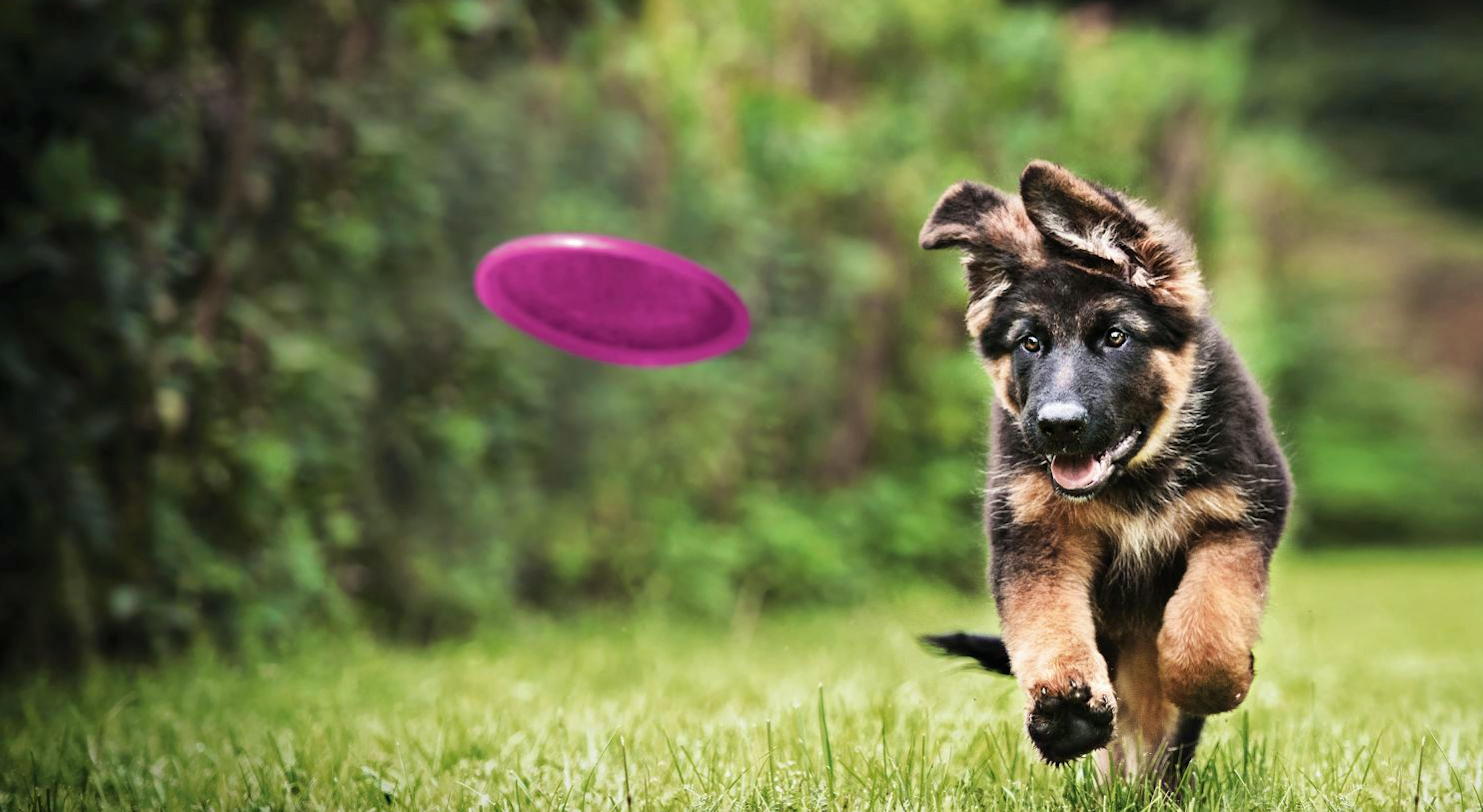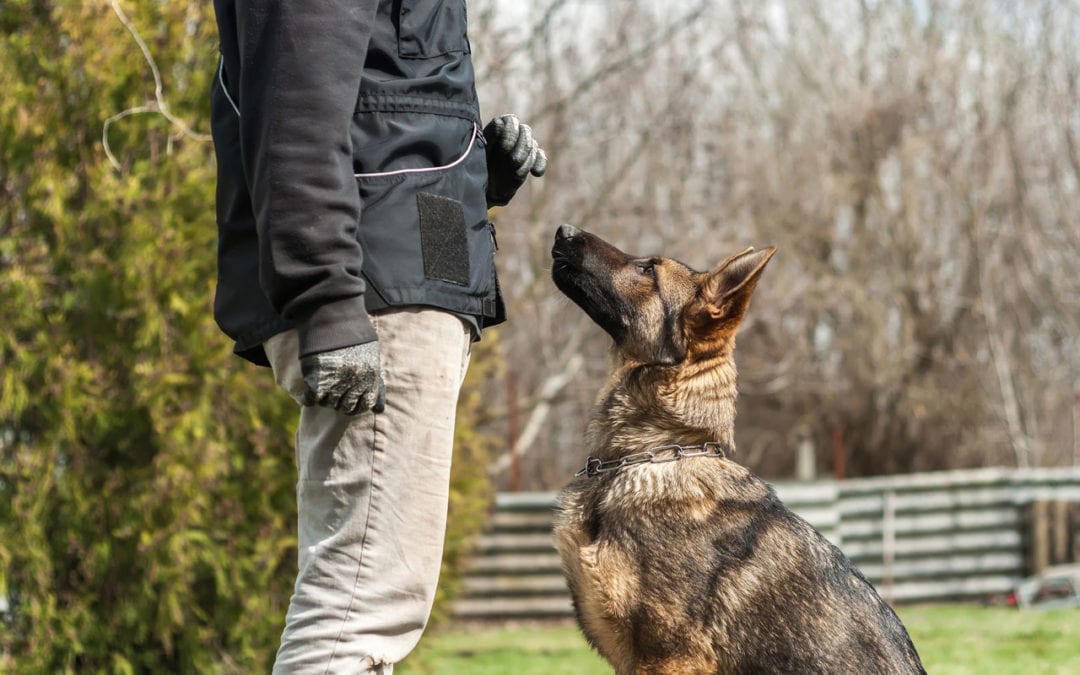Common Mistakes to Avoid in Puppy Training and How to Correct Them
Common Mistakes to Avoid in Puppy Training and How to Correct Them
Blog Article
Top Puppy Educating Techniques to Ensure a Mannerly Pet Dog
Reliable young puppy training is crucial for growing a mannerly companion, and various strategies can substantially influence a dog's advancement. As we explore these methods even more, it ends up being clear that the success of young puppy training hinges on a combination of strategies that can transform your family pet's behavior in amazing means.
Favorable Support Strategies
Using positive reinforcement methods is vital for reliable young puppy training, as it motivates preferred habits with benefits rather than penalty. This technique exploits on the natural learning procedures of canines, reinforcing etiquette by offering tangible and instant incentives, such as deals with, appreciation, or play. By linking favorable results with certain activities, pups are a lot more likely to repeat those actions in the future.
Reliable favorable reinforcement includes timing and uniformity. Benefits need to be provided quickly after the wanted habits takes place to create a clear connection in the pup's mind. Additionally, differing the sorts of incentives can preserve a puppy's rate of interest and motivation throughout the training process. Some young puppies may react far better to verbal praise while others may favor a preferred plaything or reward.

Consistency in Educating Commands
Preserving consistency in training commands is important for strengthening the lessons discovered via positive support techniques. Dogs grow on regular and predictability, so using the same verbal commands and hand signals for particular actions is crucial. This uniformity helps pups comprehend what is anticipated of them, minimizing complication and disappointment for both the pet and the instructor.

Timing likewise plays a substantial role in uniformity. Commands need to be provided immediately throughout training sessions and complied with quickly by favorable support, such as deals with or appreciation. This instant action aids solidify the association in between the command and the wanted behavior.
Incorporating uniformity right into training sessions will certainly develop a secure understanding environment, advertising quicker mastery of commands. Ultimately, a well-structured method cultivates a solid bond in between the puppy and its owner, causing a more well-behaved and loyal animal.
Socializing With Various Other Animals
Socializing with other animals is essential for a pup's growth, as it aids them learn appropriate behaviors and interaction skills in varied social contexts. Early communications with various animals can considerably affect a pup's temperament and flexibility in various scenarios. When pups are revealed to a variety of animals, they come to be more positive and less afraid, which can protect against possible behavior concerns later see it here on in life.

Additionally, observing body language during communications is crucial. Instruct your puppy to identify signals from various other family pets, such as indications of playfulness or pain, fostering common regard and understanding. Routine socializing not only boosts your young puppy's social abilities yet likewise adds to their total wellness, creating an extra harmonious living environment. In verdict, focusing on interactions with various other pets will produce a socially skilled and all-around pet dog.
Pet Crate Training Benefits
Acknowledging the countless benefits of cage training can considerably improve both the puppy's and owner's experience. Crate training provides a risk-free and secure setting for pups, guaranteeing they really feel safeguarded when left alone. This sense of security can considerably decrease anxiety and stress degrees for both the pet dog and the proprietor.
Additionally, dog crates offer as an important house-training tool. Puppies naturally avoid dirtying their sleeping location, thus motivating them to hold their bladder up until they are allow outside. This impulse can expedite the housebreaking process, fostering great behaviors beforehand.
When not being watched,Crate training additionally aids in managing a puppy's actions - puppy training. By supplying an assigned room, proprietors can prevent destructive behaviors, such as eating on furnishings or getting involved in harmful substances. Dog crates can be advantageous during travel, site here offering a familiar space that can help calm a young puppy in new environments.
Last but not least, developing a cage routine urges independence, permitting puppies to find out exactly how to be alone without fear. In general, dog best site crate training is an effective technique for advertising discipline, safety, and peace, causing a well-adjusted, mannerly pet.
Leash Training Basics
Leash training is a basic facet of responsible pet ownership that ensures a secure and pleasurable strolling experience for both the young puppy and its proprietor. Proper chain training starts early, ideally throughout the young puppy's socializing duration. This training helps establish great routines and promotes positive habits when out in public.
To begin, choose a comfortable collar or harness that fits your puppy well. Connect a strong chain, ensuring it is not also long, as this can cause pulling and unpredictable actions. Start in a quiet environment to minimize diversions and progressively introduce your puppy to new environments.
Usage positive reinforcement methods, such as treats and appreciation, to motivate your young puppy to stroll next to you. Quit walking and wait for them to return to your side prior to continuing if your pup pulls. This shows them that drawing will not generate ahead activity. Consistency is key; technique routinely and remain client, as mastery requires time.
Furthermore, include short training sessions with fun disturbances to develop your young puppy's emphasis. With devotion and determination, leash training will result in an accommodating companion, making walks satisfying for both the proprietor and the young puppy.
Final Thought
In final thought, employing efficient puppy training methods is essential for developing a well-behaved animal. On the whole, these approaches jointly advertise a harmonious connection between young puppies and their proprietors.
As we discover these techniques better, it comes to be clear that the success of young puppy training pivots on a combination of approaches that can transform your family pet's actions in exceptional ways.
Using favorable support techniques is vital for reliable young puppy training, as it motivates preferred habits via incentives rather than penalty.Crate training additionally aids in taking care of a pup's behavior when without supervision.Leash training is a basic facet of accountable pet dog ownership that guarantees a satisfying and risk-free walking experience for both the puppy and its owner.In final thought, utilizing effective pup training strategies is important for developing a well-behaved animal.
Report this page